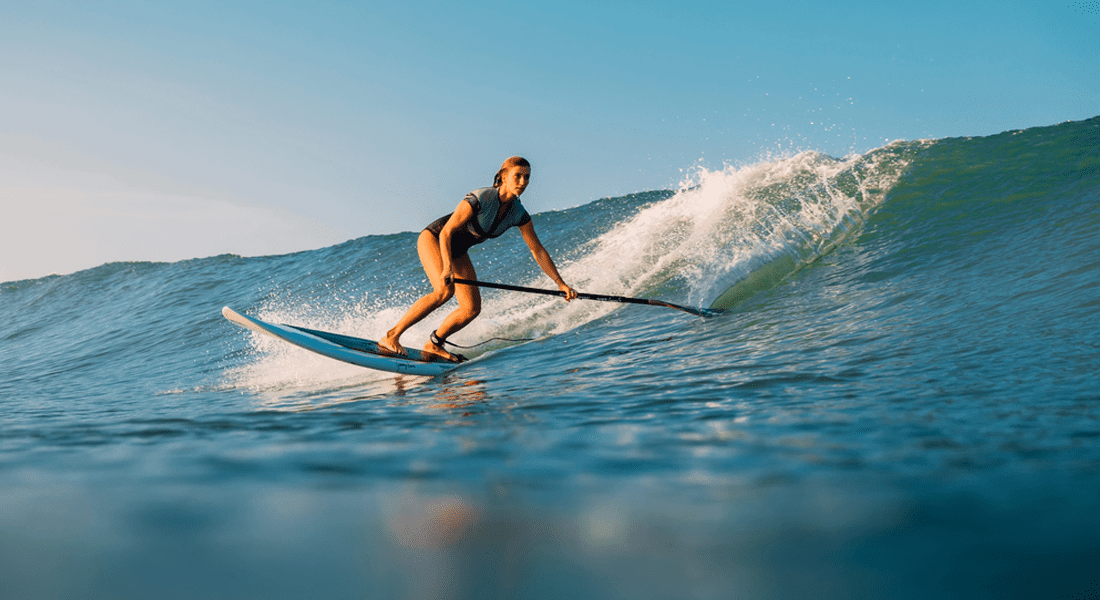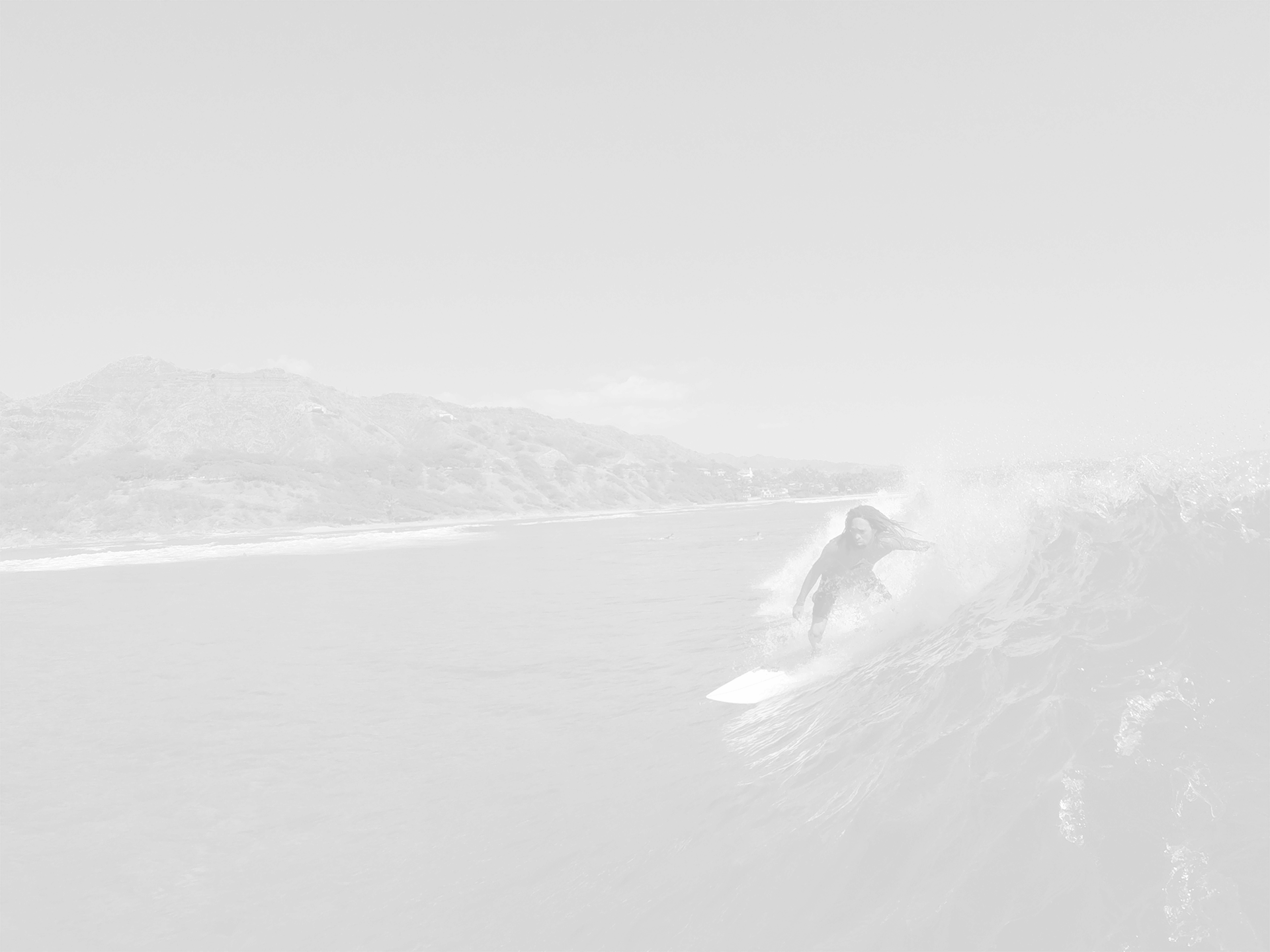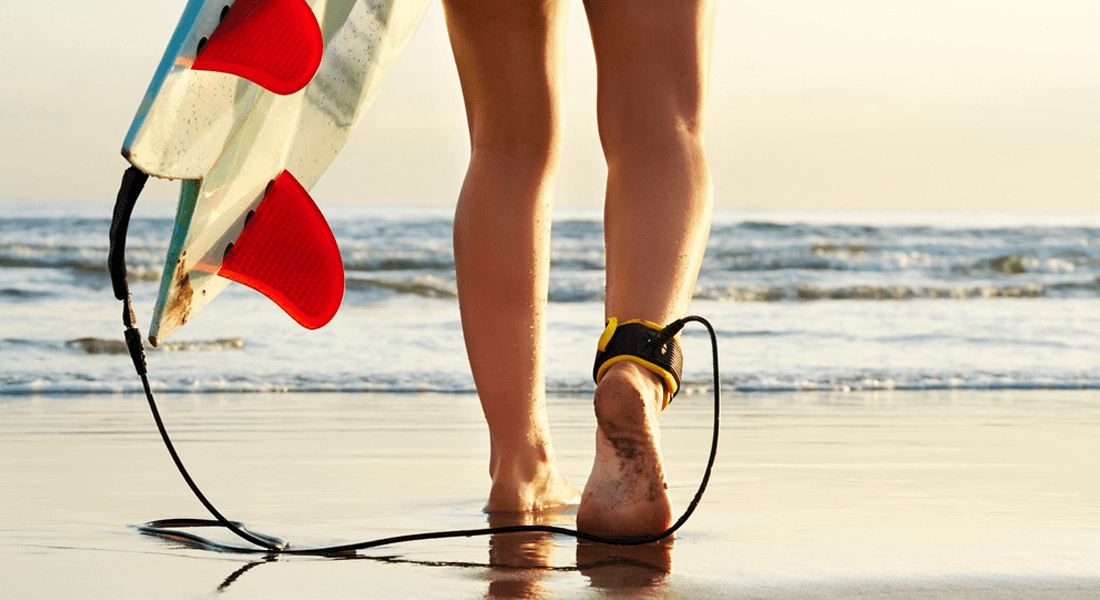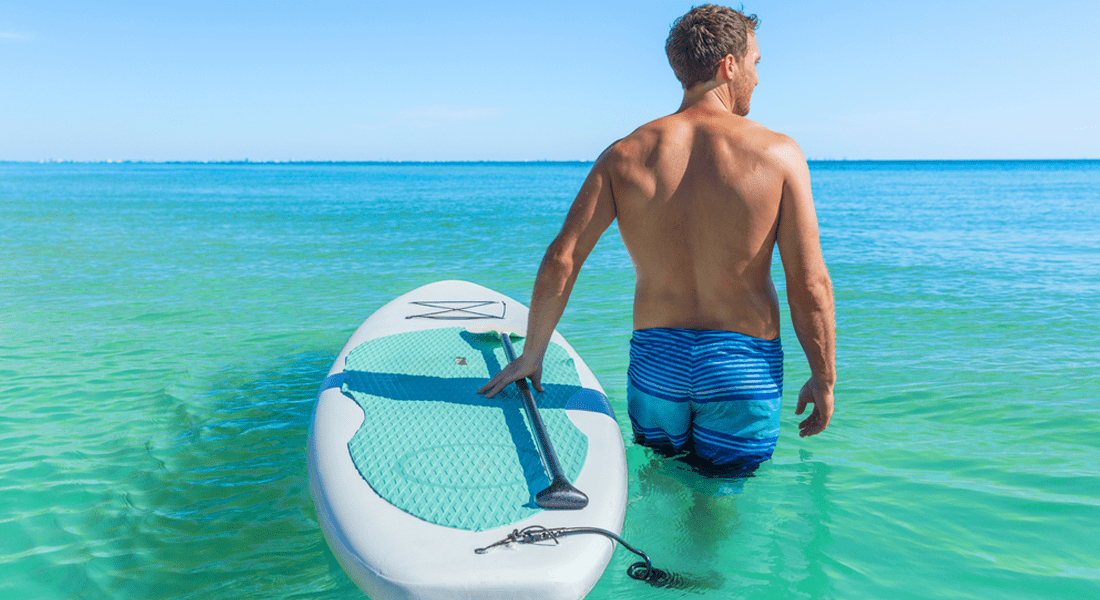



What To Wear To A Surf Lesson?
For many people, stand-up paddleboarding (SUP) looks like a peaceful way to spend time on the water. Participants stand on a large board, move with a paddle, and glide across the surface.
Yet as the activity has grown, so has the debate: Is paddle boarding a sport, or is it just a recreational hobby?
The answer is more layered than it seems, as paddleboarding combines elements of fitness, competition, culture, and lifestyle that firmly place it within the world of water sports.
The Evolution of Paddle Boarding
While it feels like a modern trend, paddleboarding has roots stretching back centuries. Variations of the activity were practiced in regions such as Polynesia, Africa, and South America, where people stood on boards or canoes and propelled themselves with long sticks or paddles.
The contemporary form of SUP became widely recognized in Hawaii during the 20th century, when surf instructors stood on their boards to better observe and guide students. From this practical teaching method, a new discipline emerged, quickly spreading from Waikiki to coastlines and lakes around the world.
Today, paddleboarding exists at the intersection of tradition and innovation. It draws from the cultural spirit of surfing while introducing competitive elements that appeal to both serious athletes and casual participants.
Why Paddle Boarding Qualifies as a Water Sport
A sport typically involves organized activity, physical exertion, skill development, and structured competition. Paddleboarding meets all these criteria.
The sport demands balance, strength, endurance, and coordination. Even navigating flat water requires continuous engagement of the core and stabilizing muscles. Surf-style paddleboarding adds additional challenges, as riders must respond quickly to waves and shifting conditions.
Organizational support comes from governing bodies such as the International Surfing Association (ISA), which oversees competitions, sets rules, and promotes SUP as a recognized sport worldwide. Its acknowledgment by the International Olympic Committee highlights paddleboarding’s legitimacy as more than a pastime.
These elements collectively establish paddleboarding as a true water sport. Paddle boarding a sport includes physical training, competitive frameworks, and cultural relevance comparable to surfing, kayaking, or rowing.
Paddle Boarding as a Competitive Discipline
Beyond recreation, paddleboarding has evolved into a formal competitive sport. Global events now feature distance races, technical sprints, and wave riding. Athletes compete on oceans, lakes, and rivers, with world championships attracting elite talent.
Distance racers require endurance to maintain speed over long courses, while sprint competitors combine power and technique for high-intensity bursts. SUP surfing emphasizes agility, timing, and creativity on the waves.
Since the first ISA World StandUp Paddle and Paddleboard Championship in 2012, competitive paddleboarding has grown steadily. Nations invest in training programs, and athletes dedicate themselves year-round to skill development. This growth demonstrates that paddleboarding has firmly moved beyond casual recreation to a professional sporting discipline.
Learn More About Us

The Health and Fitness Dimension
One reason paddleboarding resonates widely is its fitness benefits. Unlike sports that isolate certain muscle groups, SUP delivers a full-body workout. Each paddle stroke engages the shoulders, arms, and back, while maintaining balance activates legs and core.
Cardiovascular benefits are significant, particularly in long-distance paddling. Regular practice improves endurance, flexibility, and posture. Time on the water also supports mental well-being, offering stress relief and a sense of connection with nature.
These benefits attract a broad audience: serious athletes, fitness enthusiasts seeking cross-training, and newcomers looking for an accessible introduction to water sports. Paddle boarding as a sport appeals because it combines physical conditioning, mental clarity, and enjoyment of the outdoors.
The Accessibility of Paddle Boarding
Unlike highly specialized sports, paddleboarding is approachable. Beginners often find their balance within a session or two, especially on calm waters. This ease of entry has fueled SUP’s rapid growth worldwide.
Accessibility does not reduce its status as a sport. A broad participant base encourages organized events, equipment innovation, and community development. Many sports thrive through inclusivity paired with pathways for elite performance, and paddleboarding fits this model perfectly.
SUP in the Global Sporting Arena
Paddleboarding’s presence on the global stage continues to strengthen. The ISA advocates for international recognition and inclusion in more competitions. Although it has not yet appeared in the Olympic Games, recognition by the International Olympic Committee represents a major milestone.
Professional athletes such as Connor Baxter and Candice Appleby have raised the sport’s profile, demonstrating the discipline, training, and athleticism required to excel. Their success reinforces SUP’s status as a competitive water sport.
The Cultural and Lifestyle Connection
While competition and training underscore paddleboarding’s sporting aspects, its cultural resonance adds another dimension. SUP draws heavily from surf culture, with an emphasis on harmony with the ocean, respect for nature, and community spirit. For many enthusiasts, paddleboarding is not just about racing or fitness; it’s about lifestyle.
This cultural element enhances SUP’s appeal, giving it depth beyond performance. It blends sport, recreation, and mindfulness into one holistic practice, making it both athletic and soulful.
Paddle Boarding’s Future as a Sport
Looking ahead, paddleboarding’s trajectory points toward even greater recognition. With expanding international competitions, increasing youth participation, and stronger institutional support, SUP is set to solidify its place alongside established water sports.
Technological innovation also plays a role. Advancements in board design and materials create faster, more durable equipment that helps athletes push performance boundaries. Coupled with growing media coverage, these developments make paddleboarding more visible to mainstream audiences.
Ultimately, the sport’s future rests on its ability to balance accessibility with elite competition. By welcoming newcomers while nurturing professional athletes, paddleboarding maintains a vibrant and sustainable sporting ecosystem.
So, is paddleboarding considered a water sport? Absolutely. Its combination of athletic demands, organized competitions, international recognition, and cultural significance firmly establishes it as one. From calm lakes to powerful surf, SUP has proven itself versatile, inclusive, and enduring.
At Ohana Surf Project, we see paddleboarding as part of a larger story of connection with the ocean. Just as surfing teaches balance and flow, paddleboarding introduces people to water in ways that are empowering, athletic, and deeply rewarding.
If you’re ready to experience the sport for yourself, there’s no better time to step onto a board and discover where the water can take you. Contact us today.
OTHER OSP BLOGS


What Size Surfboard Leash Should You Use?
Choosing the right surfboard leash size goes beyond convenience. It affects safety, comfort, and performance in the water. Surfers of all levels rely on their leash to keep the board[...]
